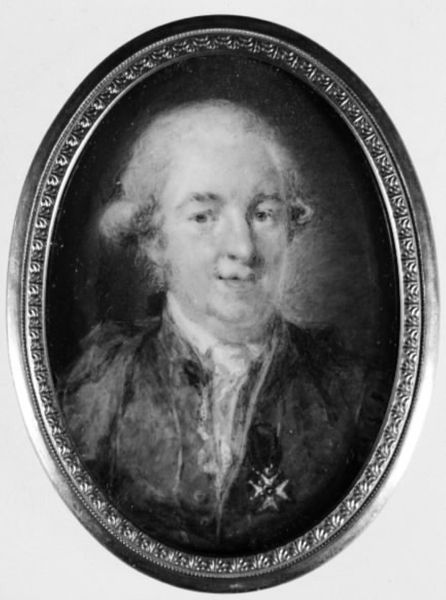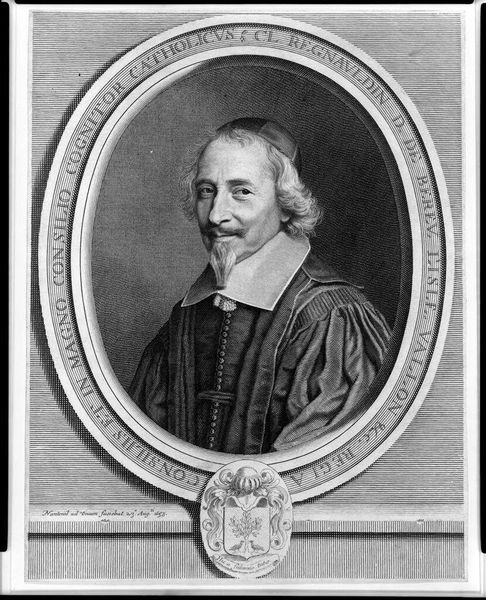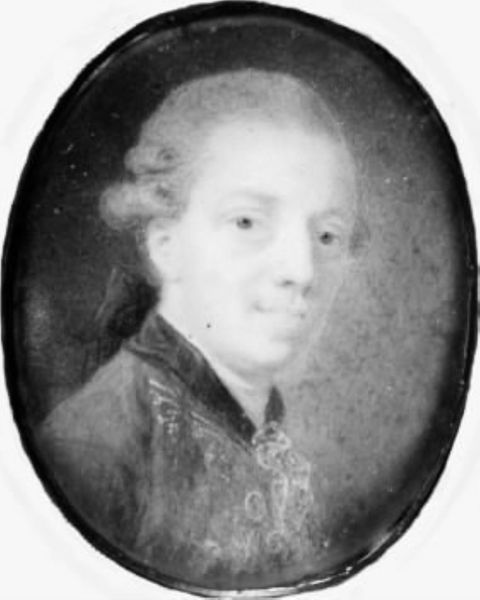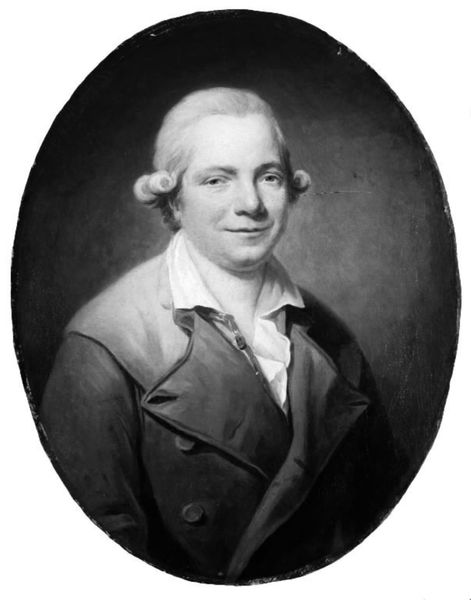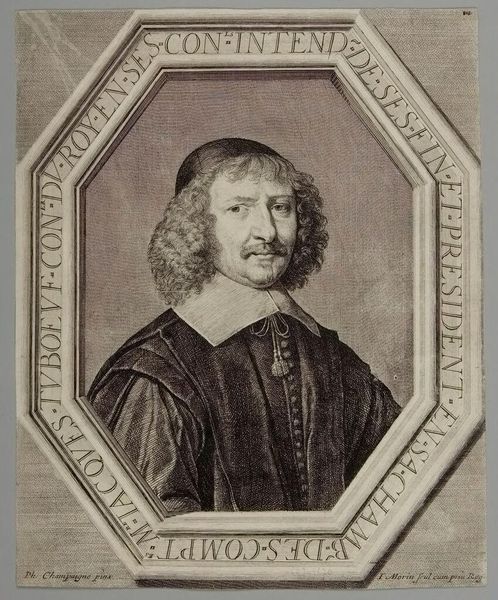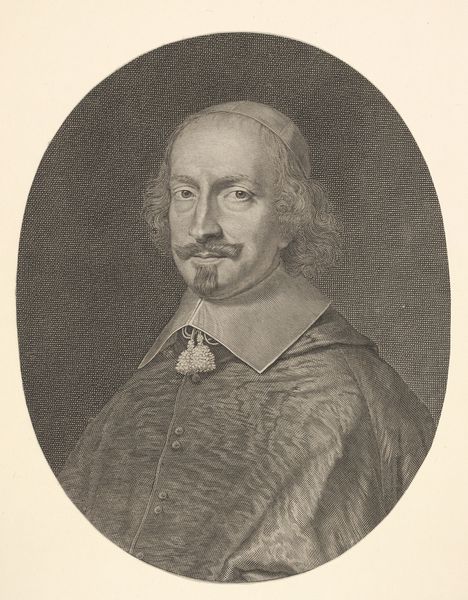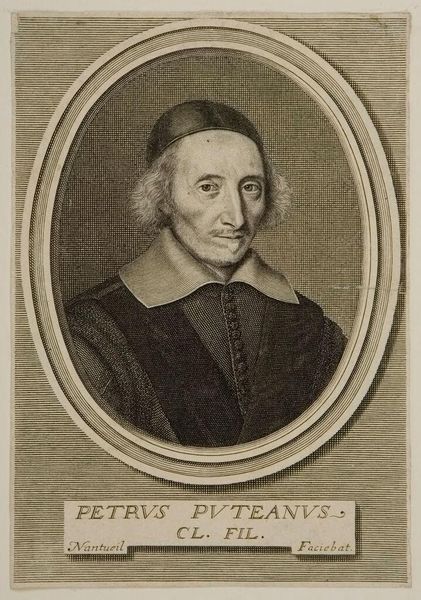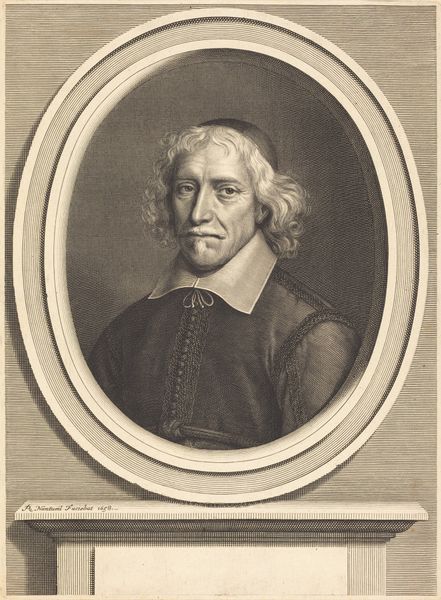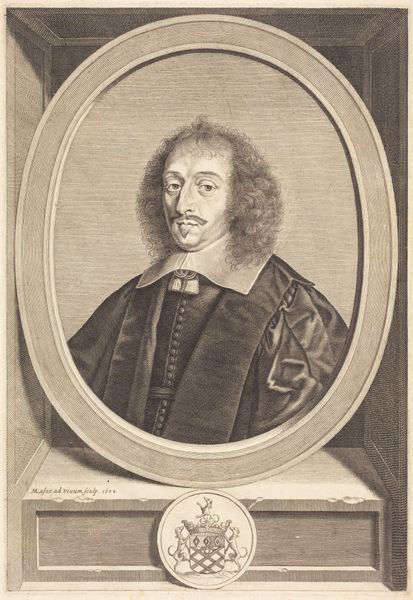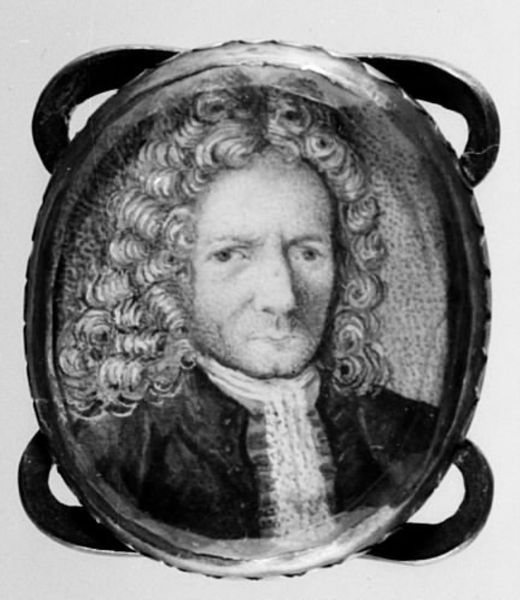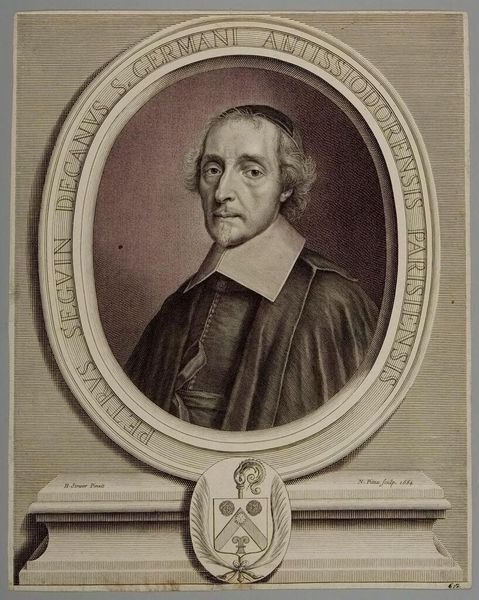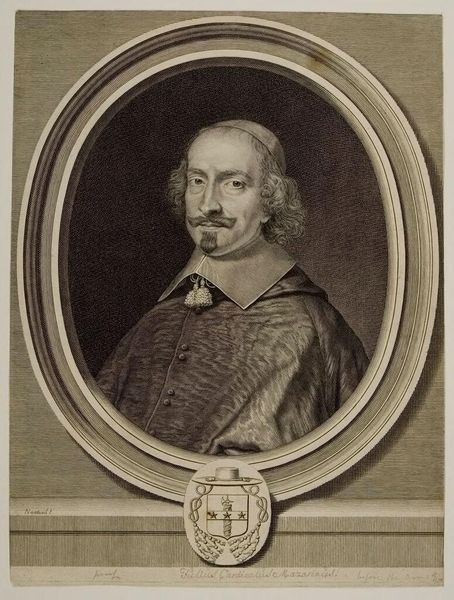
drawing, pencil, ivory
#
portrait
#
drawing
#
portrait image
#
portrait
#
portrait reference
#
portrait head and shoulder
#
framed image
#
black and white
#
pencil
#
portrait drawing
#
facial portrait
#
academic-art
#
ivory
#
fine art portrait
Dimensions: 6.6 cm (height) x 5.2 cm (width) (Netto)
Curator: Here we have "Mandsportræt," a man’s portrait, created between 1756 and 1804 by Cornelius Høyer. It's currently held here at the SMK, the National Gallery of Denmark. The drawing is rendered in pencil on ivory. Editor: There’s an immediate intimacy in the gaze, isn’t there? Like he knows a secret he might, or might not, be willing to share. The oval framing adds to that sense of peering into something private. Curator: Oval portraits were very common and fit with ideas of miniaturization, portability, and private viewing that dominated portraiture at this time. As opposed to their large, often public, painted counterparts. What do you read into the composition? Editor: He’s centered, but not rigidly so, which feels very human, and that dark coat frames his face so nicely, focusing our attention. I like that the folds in his clothes hint at more detail, but without demanding attention. He seems... thoughtful. Curator: Thinkers and intellectuals were increasingly subjects for artists at the time, reflecting broader social values. The use of ivory also contributed to how the piece would have been seen in the 18th Century. Editor: Ivory—what a sensuous surface. I bet it has an amazing tactile quality. The soft pencil lines seem perfectly suited to that, capturing every delicate curve of his face. You just want to touch it! Curator: It really illustrates the period's dedication to both realism and idealization, capturing specific likeness while portraying social standing. What impact do you think portraits like these have in society, and institutions like museums? Editor: To me it acts as a connection. This man lived over two centuries ago and by looking at him, rendered so personally by Høyer, a real bridge forms. Art becomes more than just something aesthetic. It’s something human. It shows the changes, and consistencies that the world undergoes. Curator: Exactly, museums allow society to continue these crucial conversations. And each portrait adds another voice. "Mandsportræt" is one small but poignant element in that choir. Editor: A delicate but powerfully affecting performance, for sure. I’m going to take one last lingering look before moving on, soak up the pensiveness.
Comments
No comments
Be the first to comment and join the conversation on the ultimate creative platform.
